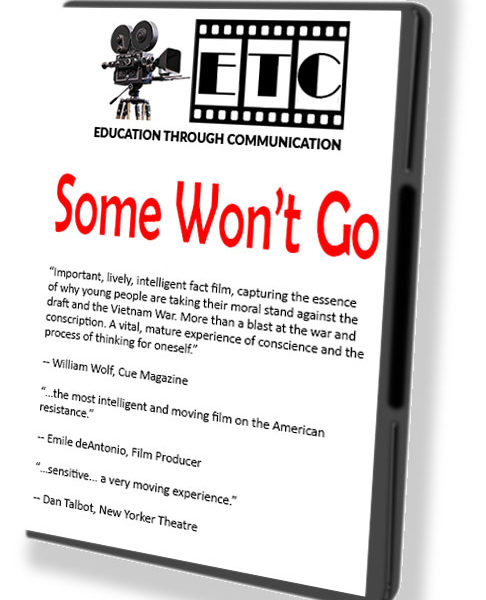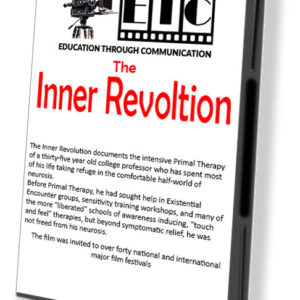Product Description
Each young man who resists the draft has his own reason for not wanting to be in the army. Some Won’t Go lets each man speak for himself, in his own language, with his own gestures, from his own experience. It shows the young man in the army who has gone AWOL, the young man doing alternative service, and the young men who fled to Canada to seek refuge there, in much the same way the Black slaves of the last century took the “Underground Railroad” to freedom in the North.
One man resists because his best friend was needlessly killed in Vietnam..another because he is ideologically opposed to the war..another because he feels his right is not on the side of the military – but towards changing society, another because he thinks the selective service system is unjust, exploiting the poor and minorities while giving the middle class student deferments.
Some Won’t Go shows that each young man feels responsibility to a higher law than the legal law of military conscription, and that each is, one degree or another, willing to pay the price of his convictions. Some Won’t Go also shows that in each case, the decision to refuse the draft represents a move towards social involvement, a commitment to something that cannot be sacrificed for the sake of conformity, rather than the moving away, the individual, self-indulgent withdrawal it is so often accused of being by its critics.
But the importance of the film Some Won’t Go is that it presents the dynamic of one of the most important developments of our time. From the bottom up Some Won’t Go reveals who, and how, and why young men in America are refusing to serve in the army – and by refusing to serve in the army are also rejecting unequivocally the militarization, the racism, and the dehumanization of what has become to be known as the American way of life.
Every level of draft resistance is explored in Some Won’t Go – from the probing, uncertain young potential draftee, to spiritual, legal and religious counseling, to street scenes of incredible police violence against organized demonstrations in support of draft resisters.
The scenes are taut with the weight of what the young men have at stake, the years of their lives that hang in the balance. One cannot help but flinch at the mother making the sign of the cross upon her son, and the young woman clinching in tears to her boyfriend as these decisions are faced.
The use of contrast throughout the film is very effective. The first part shows the ritual of the army: registration, induction, and examination. The action is totally fragmented and dehumanizing as the men, en masse, undress, dress, line up, and follow orders. The soundtrack here is hollow and meaningless, as men’s voices jar against each other in tones of dishonesty and false authority. The second part treats the draft resisters and the resistance movement. The mood shifts from the degradation of the human assembly line of the military, to a huge sense of the worth of the individual and the value of human life. The images of uniforms, American flags, the drudgery of paper work and military cliché gives way to the images of flowers offered to draftees by women in the resistance, the breaking of bread in a church service for resisters and silver chalices holding burned draft cards.




Reviews
There are no reviews yet.